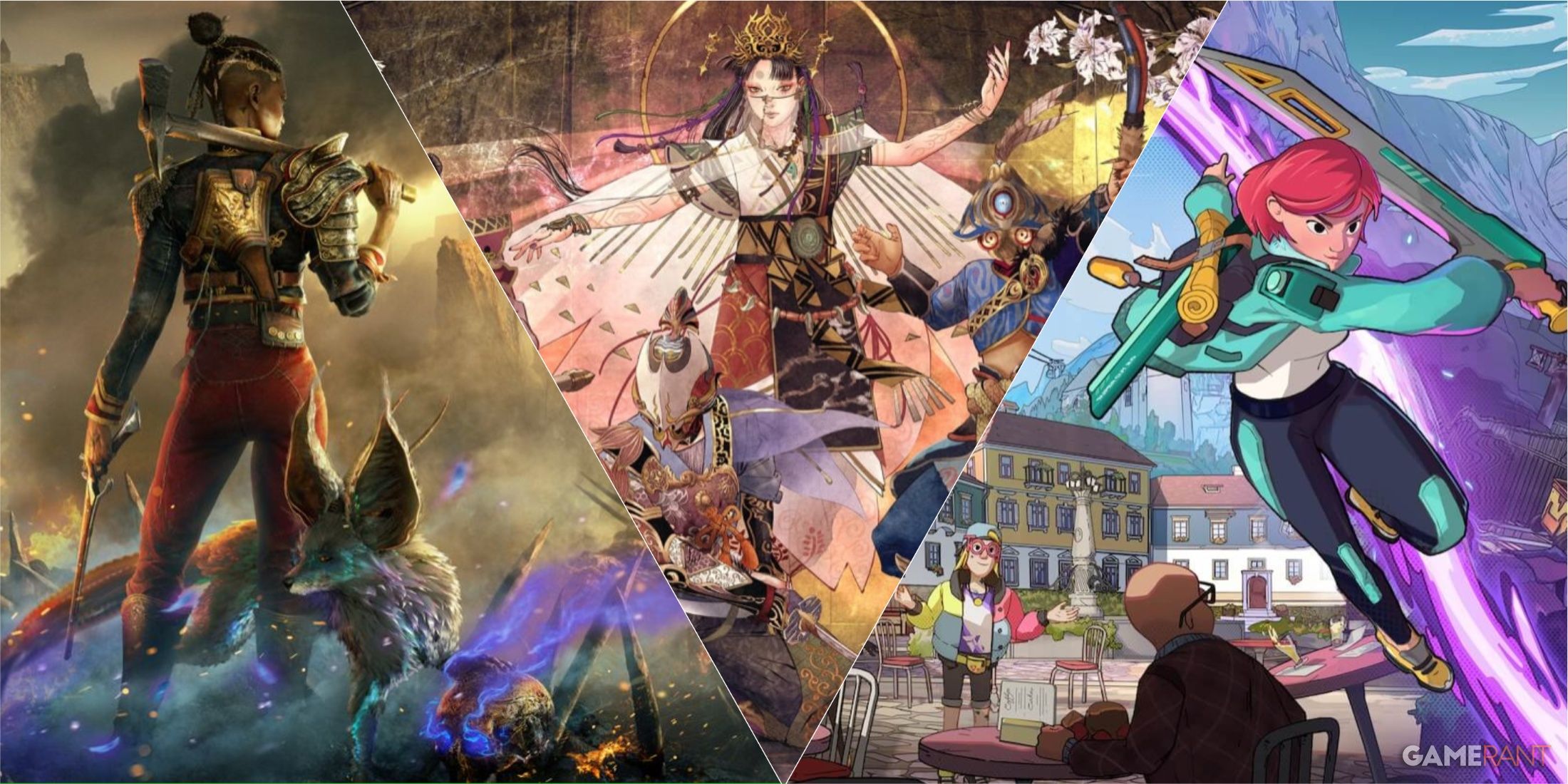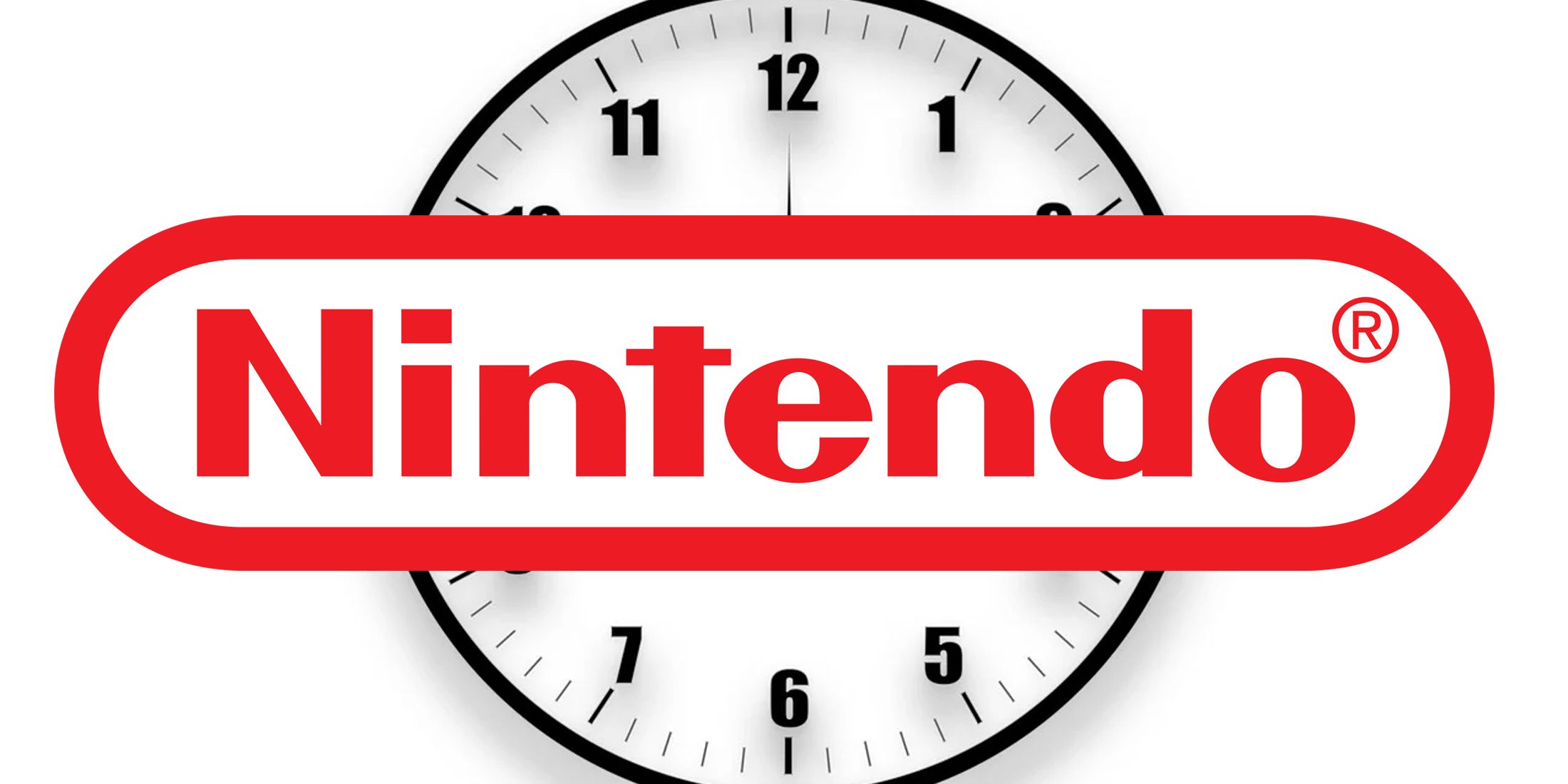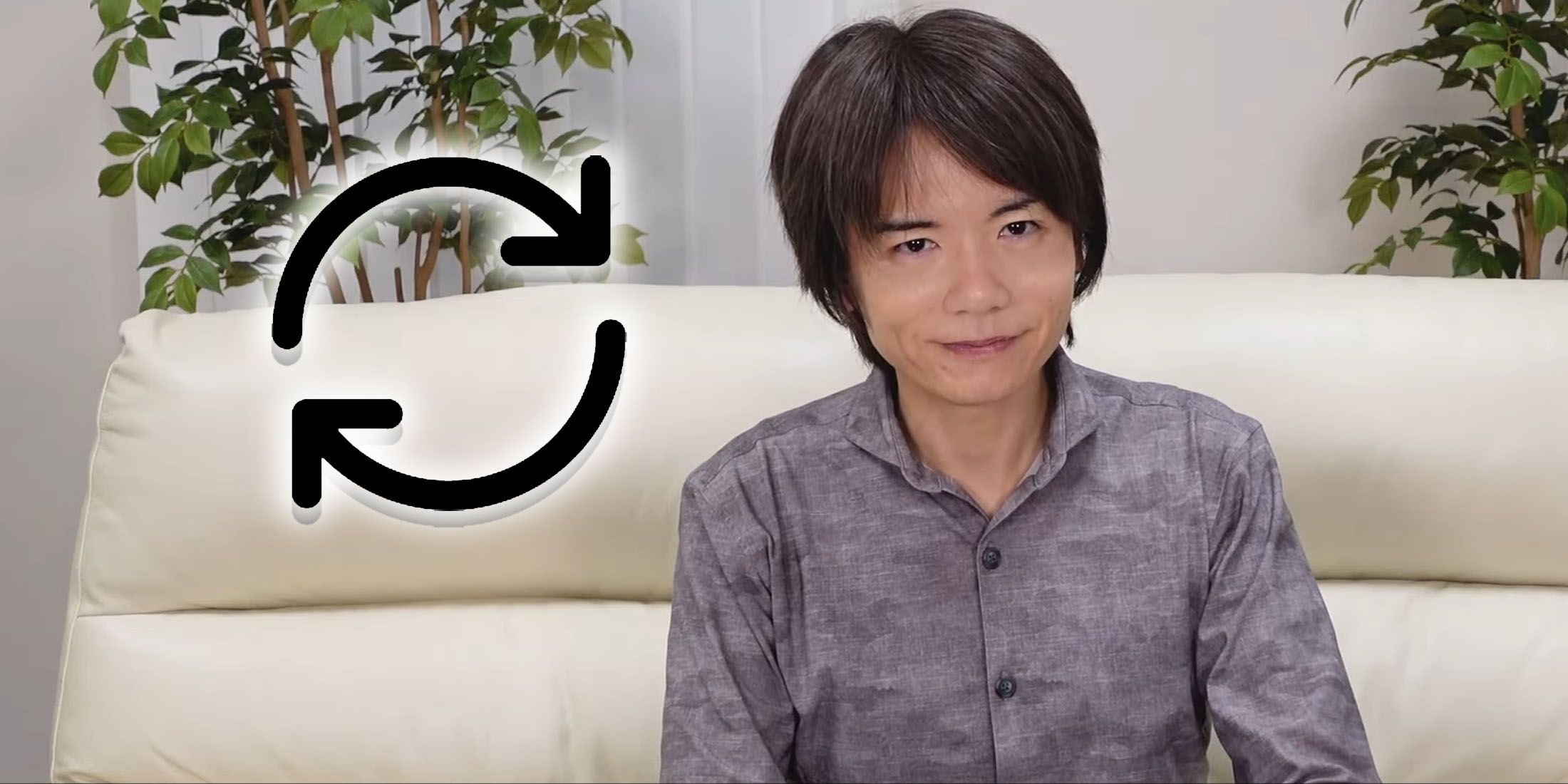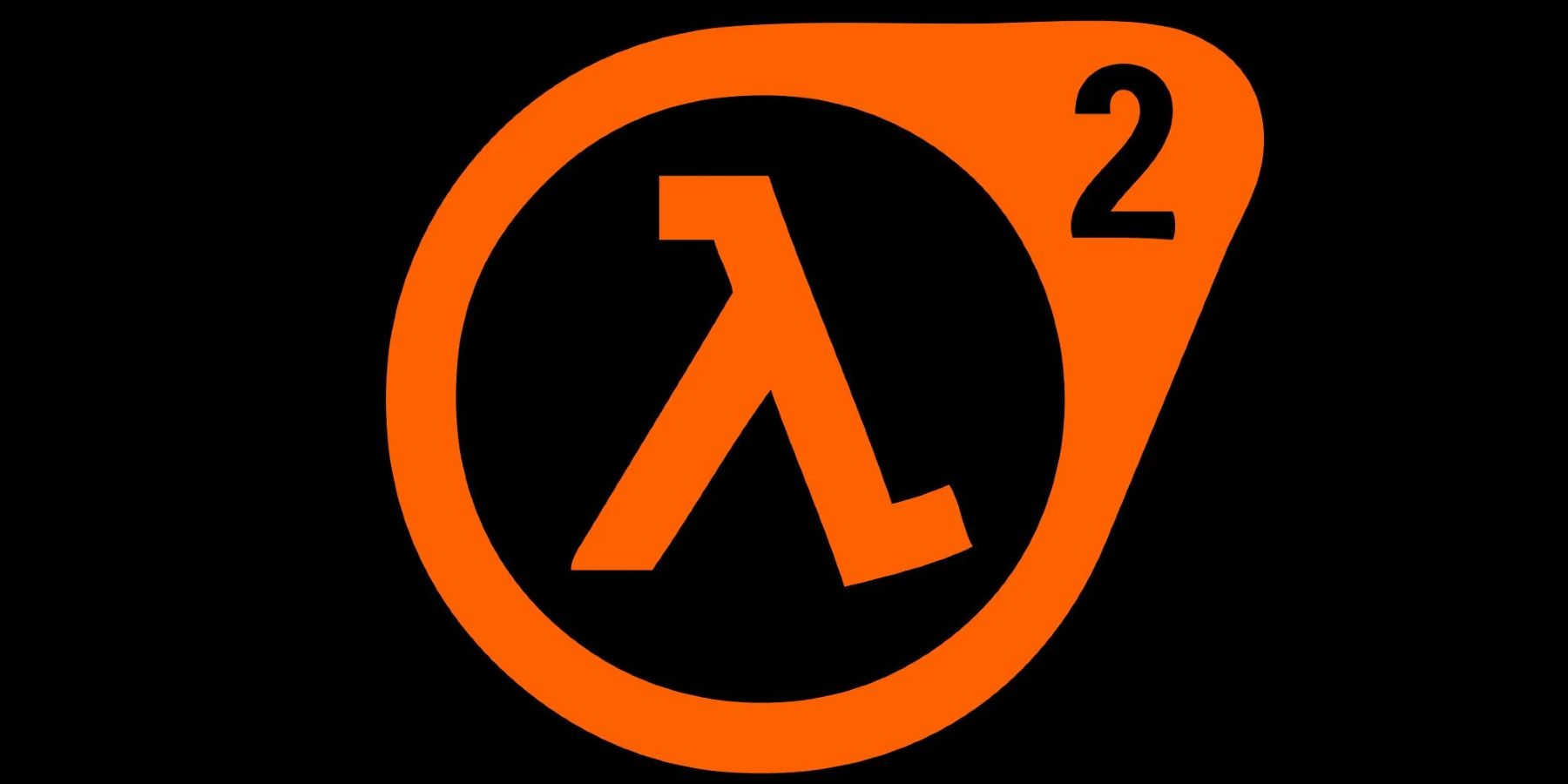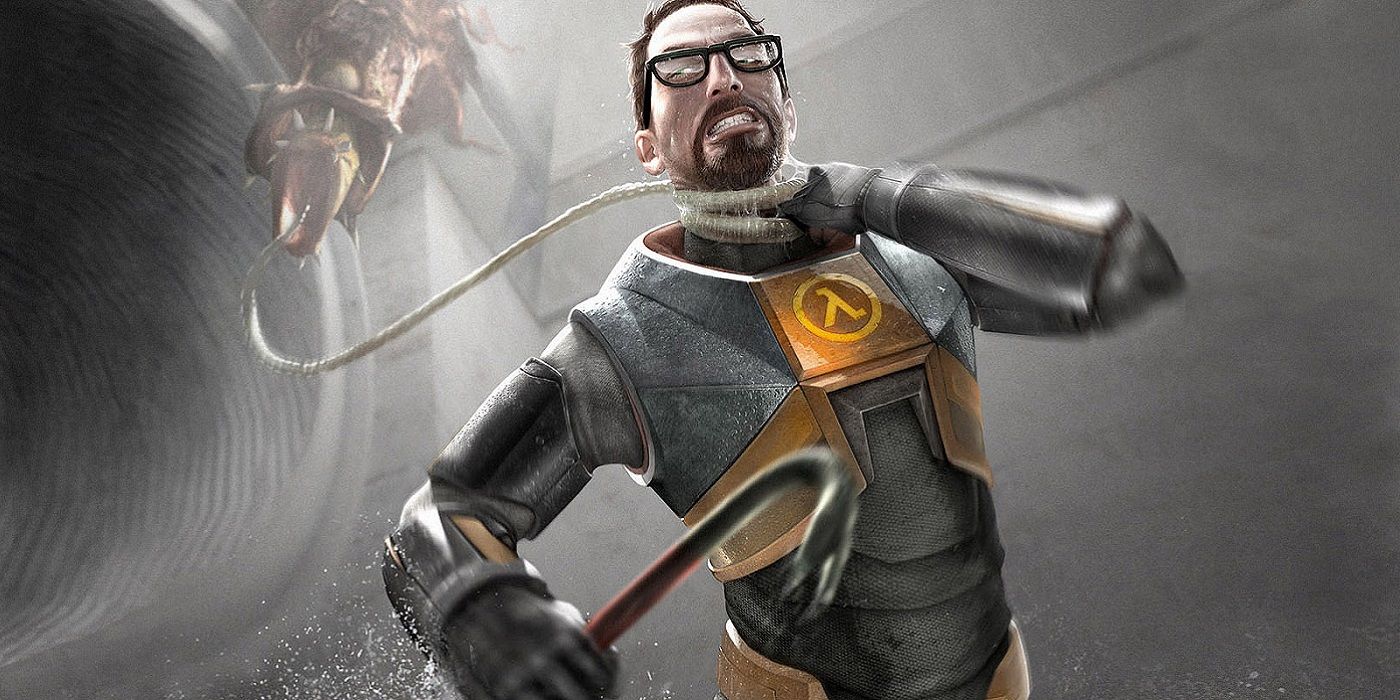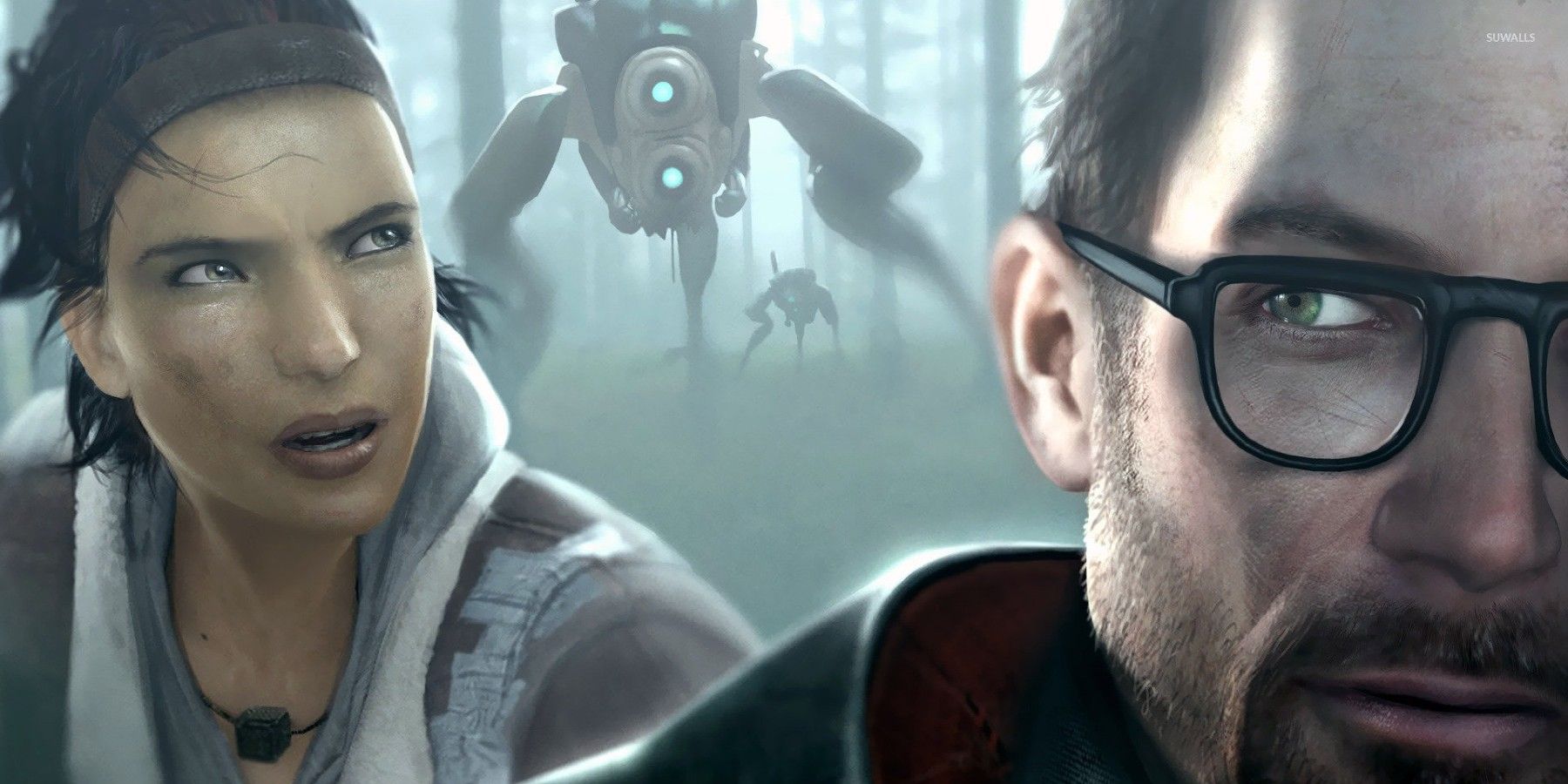Even though gamers may never see how Valve's watershed Half-Life series comes to a close, Half-Life 2 remains one of the most influential, atmospheric, and well-crafted shooters in the industry. While most of the game's critical acclaim is attributed to the smart story, physics-based puzzles, and tight gunplay, Half-Life 2's sound design adds an extra level of cohesiveness and immersion to the experience that deserves recognition.
In a game with a famously silent protagonist and minimalist musical accompaniment, the game's voice lines, ambient noises, and other sound effects become even more important for immersion. Valve's commitment to player control and physical realism was an ethos that extended into the game's smallest details. The result is so natural, subtle, and effective that its merits are easily overlooked or taken for granted.
Half-Life Lets Fans Listen at Their Leisure
From Half-Life 2's opening act, where the mysterious G-Man sends Gordon Freeman to the police state of City-17, story is prevelant but rarely impinges on players' agency. A famous early moment in the campaign sees a piggish Combine guard knocking a soda can off a trash bin and commanding the player to pick it up. Obedience is the path of least resistance, but players can attempt to shove their way past the guard and sprint through the station to escape retribution.
But to get the most out of Half-Life 2's stellar narrative, players must progress at a measured and attentive pace. Dr. Breen's speeches to the newly enslaved human race provide valuable context and world-building that never affect the game mechanically, but enrich the experience by explaining the stakes (the compulsory annexation and sexual sterilization of humanity). Players who linger in apartment buildings being raided by Combine Troops will hear hushed conversations between survivors, creating a dynamic where players must risk being apprehended in order to get background info. The net result of this "optional narrative" is an experience that is both more immersive and naturally tailored to player's interests based on their behavior.
Getting Physical in Half-Life
The Source Engine's focus on realistic physics was a prime selling point for Half-Life 2. Similar to Super Mario 64's shift from 2D platformer to sandbox exploration, Valve aimed to show off what the Source Engine could do with a wide variety of impact noises. The game featured unique footfalls depending on the type of material underfoot; specific noises represent collisions between different materials; and multiple breakage, gunfire, and explosive sound effects prevent things from sounding samey.
Even though it features a broad spectrum of gameplay ranging from sci-fi shooting to puzzle-solving and driving, Half-Life 2 is a horror title at heart. More than any other genre of gameplay, solid sound design is crucial for compelling horror. Ambient noises, like wooden crates breaking or being disturbed by a collision, can build tension as the player explores an unknown environment. Even subtle flourishes like footsteps reacting realistically to wood, metal, and glass can make the player feel more immersed in the experience, and more susceptible to scares.
A Cinematic Approach to Gaming
Rather than relying on in-house tech and talent to produce the majority of the game's audio SFX, as was the case with most early console and arcade games' SFX, Valve drew assets from a number of different sound libraries like Hollywood film and television productions. The fact that most of the game's sounds were "outsourced" should not diminish the design's artistry, however. To achieve the desired audio aesthetic, Half-Life 2 composer and sound designer Kelly Bailey selected sounds from at least nine different libraries, including the Foley Sound Library, The Hollywood Edge, and The Premiere Edition Volume 1. No expense was spared ensuring the right noises fit the game's tense mood.
As a result, even though Half-Life 2's sound effects provide the player with a number of useful mechanical cues, the game rarely sounds explicitly like a video game. None of the abstract sound effects characterizing The Legend of Zelda are present in Half-Life 2. Even cues signifying enemy death or low player health have in-universe explanations, such as enemy comms crackling when Combine soldiers die, or the Hazard Suit's robotic voice informing Gordon of his condition using lines like "morphine administered," "seek medical attention," and "user death imminent." This focus on cinematic realism and immersion, paired with the player's freedom to examine their environment at their own pace to absorb (or ignore) the story, ensure that Half-Life 2 will remain a triumph in both game development and sound design for years to come.

